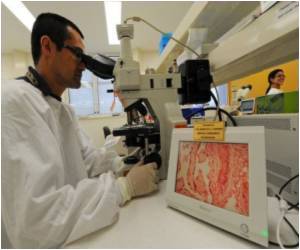The incidence of human infection with R. felis in Australia may have been underestimated in the past because of the similarity between clinical presentations of R. felis and R. typhi.

Serological tests showed rising typhus-group rickettsial antibody titres in three of the patients and high titres in the other two patients. Serological testing on one of the kittens also showed the presence of typhus-group rickettsial antibodies.
DNA samples from the serum of one of the patients and the cat, and from pooled and crushed fleas collected from the group of cats that the kittens had been associated with, showed that the fleas, but not the patient’s or cat’s serum, were positive for rickettsial DNA. Sequencing of the DNA showed closest phylogenetic similarity to R. felis, and R. typhi was not detected in the cat fleas.
Dr Graves said the analyses provided the first molecular evidence of R. felis in cat fleas in Victoria.
“While genetically a member of the spotted-fever rickettsia group, R. felis behaves clinically and serologically like a typhus-group rickettsia,” he said.
“The human cases reported in this study were only identified serologically, and as the clinical presentations of R. typhi and R. felis are similar, R. typhi cannot be completely ruled out. However, given the molecular data from the cat fleas, R. felis is the more likely causative agent.
Advertisement
The Medical Journal of Australia is a publication of the Australian Medical Association.
Advertisement









